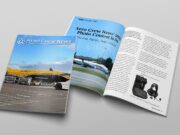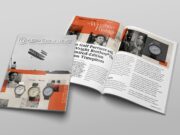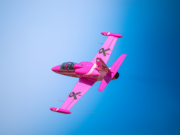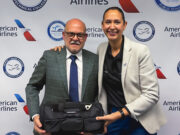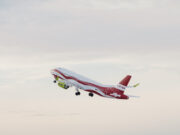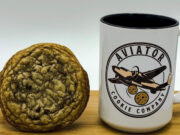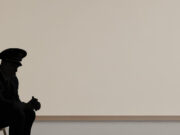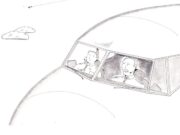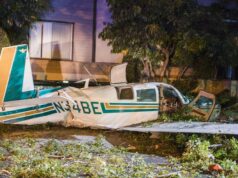
Aircraft lighting is more than a regulatory requirement, as it is a component critical to aircraft operations and collision avoidance. Ensuring aircraft lighting is operational starts with a detailed preflight inspection, whether the flight will be conducted during day or night. The types of exterior lights that are common on most aircraft are: position lights, anti-collision lights, and landing/taxiway lights.
We can think of lights as serving two primary purposes: collision avoidance and guidance for taxi and takeoff, and landing operations. Position lights help indicate the trajectory of traffic in relation to an aircraft. They are located on the wings, with a green light on the right wingtip and a red light on the left wingtip. Knowing the location of these lights helps determine whether an aircraft is flying away from or toward you. If, for example, you can see both position lights of an aircraft, with the green light on your left and the red on your right, that airplane is flying toward you.
Another set of lights are anti-collision lights. These may be located on the top and bottom of the aircraft. They will flash and are typically red and/or white. Wingtips may also be equipped with strobes, also considered anti-collision lights. Finally, on most general aviation aircraft, a red rotating beacon is located at the top of the tail. The beacon signals the aircraft engine is operational. It is a safety indication not to approach an aircraft with the beacon still illuminated.
Lights used for guidance for taxi, takeoff, and landing serve a different purpose. These help pilots navigate during operations, as well as your takeoff and landing phases. Landing an aircraft without landing lights, especially at night, can be a dangerous maneuver, especially if the eventuality has never been trained before.
Federal regulations require pilots to utilize aircraft lights depending on the type of operation: day or night. All night operations require anticollision and position lights per FAR 91.205. Even if your type of operation does not mandate the usage of aircraft lights, the PIC has the authority to exceed the minimum requirements. At its simplest, lights can make a difference in avoiding a collision with another aircraft.


